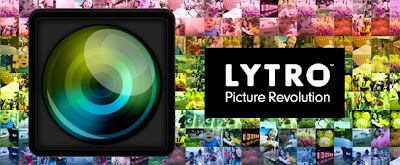
Ethos is a nationally recognized, award-winning student publication.
Our readers pick up Ethos to explore ethical, journalistic story telling, beautiful photography and illustrations, and innovative designs. We embrace diversity in our stories, in our student staff, and in our readership.--Ethos Magazine
They do a great job covering the Sasquatch topic while visiting Thom Powell. Below is a little teaser with a link to the full article on Thom Powell's new site Shady-Neighbors.com (we will cover the new site tomorrow).
Suddenly, Wilson shatters the eerie silence with an agitated spurt of barks. Powell’s flashlight flicks on. Its beam pierces the darkness, scanning the scattered pine trees for a glimpse of what alarmed the dog. A pair of eyeballs hovers in the blackness like a pair of glowing orbs. Powell edges forward to get a closer look. As his flashlight’s radius increases, the fiendish night beast is revealed to be a mere cow.
Powell looks back with a barely discernible, wry grin. “I hear coyotes all the time. There have been wolf sightings, too,” he says in a grave whisper. “Sometimes it takes nerves of steel to be out here. I figure I’ll be OK as long as I can run faster than you.”
For Powell, this is not an ordinary stroll through the woods. These are lands he has traversed hundreds of times with a specific purpose in mind. He is on the prowl for a creature more formidable than a pack of coyotes and more elusive than a wolf: Powell is searching for Sasquatch.
Read the entire feature covering Thom Powell






